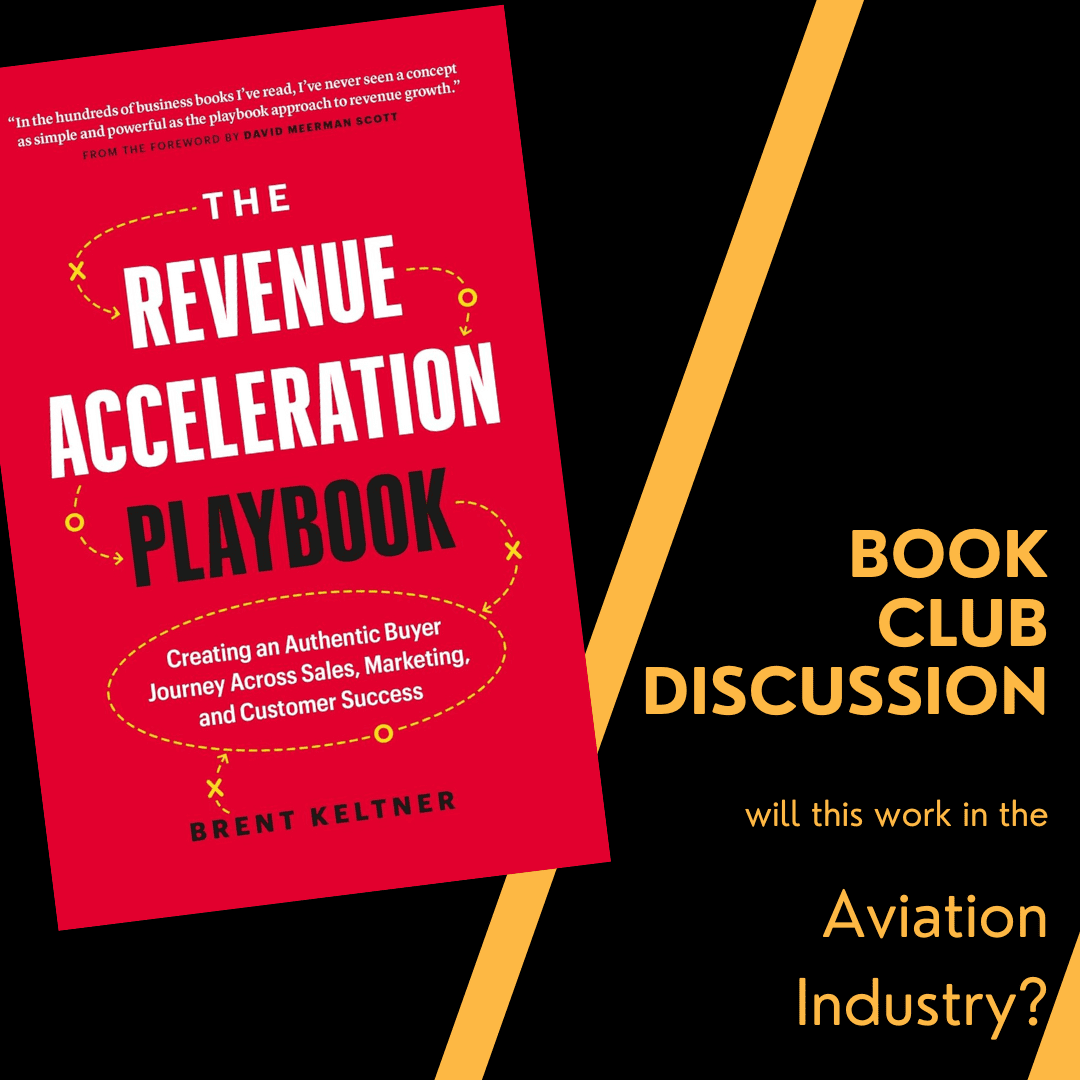The last thing pilots need is more work. They didn’t get into the business of flying to spend more time at a desk.
But the economy has made it incumbent on all of us (pilots and marketing consultants, too!) to prove our worth. With charts and spreadsheets. Every day, every job, every flight.
One thing I learned from marketing – Never fight with a client or with a public perception. Just get the numbers, make a nice graph, and prove them wrong.
One of Sun Tsu’s principles in The Art of War is to know the enemy. In this case, that means speaking the language of CEOs and bean counters. (Actually, we’re all on the same side, but many times it doesn’t SEEM that way.)
I’m not advocating that pilots actually go back to school and get their CPA. But pilots, and aviation professionals at charter companies, flight departments and other aviation companies are under a lot of pressure to prove their value.
In many cases, aviation departments are being targeted for elimination or downsizing, not because they don’t add value, but because they can’t prove it.
If a pilot or aviation professional (or anyone else, for that matter!) knows the basics of how to collect and present data that proves value in a convincing and concise way, they have the best possible method of self-defense in this aggressively cost-cutting business environment.
Shaving Expenses
Pilots (and other aviation professionals) can use their skills and “captain’s prerogatives” to make decisions that save the company money, including:
- Not buying more fuel than needed for a flight (including safe reserves, of course!) You fly cheaper when the plane weighs less. Pilots can check fuel prices on AOPA or a similar website.
- Buying lots of fuel where it’s cheap, and as little as possible where it’s expensive.
- Taxiing out on one engine (A Hawker 400 burns 60 gallons an hour on two engines, 30 gallons an hour on one engine. Every 15 minute of taxi time is 7.5 gallons of fuel, or $37.50 at $5 per gallon.)
- Basing a Cessna 172 at one flight school over another saved a leasing company over $900 per month, between hangar rent and insurance.
Pilots can also use their prerogatives to save money on repositioning and logistics.
Selling “empty legs” through word of mouth or social media, combining trips, managing maintenance and fuel stops to coincide with business objectives, all of these are ways that flight departments can maximize value.
James Williams, a pilot with Travel Management Company (TMC), recently advised his company to send him home rather than stay in a hotel waiting for a broken aircraft that was going to take a week to fix. He found a cheap commercial ticket home rather than spending $190 per night per diem.
He also negotiated fuel prices at an FBO chain when he happened to get into a chance conversation with the manager. He asked her to get in touch with the chief pilot at TMC to secure better prices for the whole fleet.
It all adds up!
Proving Value
More importantly than shaving expenses is proving value. If a pilot knows the purpose of a trip (and they often know, or can find out) he or she can often calculate the savings of the business or charter flight over the commercial flight alternative. Counting the time of the skilled professional(s) who are tied up waiting in airports, opportunity costs for a sale made or lost, cost of shipping parts or equipment separately, etc.
Collecting these facts, getting numbers wherever possible, and being able to present them in a concise and convincing way is key to proving value to the company or to the client.
Most pilots go through this exercise (at least mentally) but it never gets communicated effectively to company execs and other decision makers.
Why This Doesn’t Happen
Pilots (dispatchers, and other professionals) know the tricks we’ve mentioned, and hundreds more. But often they don’t expend the time and effort to calculate and reduce costs and benefits for several reasons:
- Most pilots got into flying for the adventure, not for the paperwork.
- Saving money is sometimes inconvenient. It’s easier to push the throttle all the way forward than to save that 15-25 knots that are the most expensive in terms of fuel burn.
- Justified or not, pilots often don’t feel that they “owe” the company loyalty that the company doesn’t return.
- Collecting and reporting value is hard work. The last thing an overworked pilot wants is an hour in front of a desk staring at spreadsheets.
- Collecting data doesn’t make any difference if no one is listening. (Upper management, clients, etc.)
Which leads us to the final, and probably most important point:
Communicating Value
What should pilots and aviation professionals do with all this data?
- Put it in a format that is easy to understand. It has to be “so easy a CEO can understand it” in 10 seconds or less. This usually means a visual or graph of some kind.
- Talk to (and give this information to) your chief pilot, dispatchers, other pilots, and managers.
- Companies can use it on their blogs, websites, social media, and other public relations channels. Pilots can publish key bits of data on their own Twitter, Facebook, or LinkedIn profiles.
- Submit great stories (and there are LOTS OF THEM) with data to your local media, as well as GAMA, NATA, NBAA, and other industry organizations for their newsletters and public relations campaigns, like No Plane No Gain.
Why It Should Happen
It’s a very powerful thing to be able to produce a spreadsheet or graph that shows the value of an activity.
I have to confess that I initially steered toward marketing because I was avoiding math classes in my undergraduate work. Since that time, I’ve figured out that marketing consultants aren’t safe unless they can prove the value of every campaign. On paper. With a spreadsheet and a graph.
It would have been great to see the presidents of the auto companies pull out a nice graph showing the value of their flight departments. Let’s show THAT on CNN!
Most of the articles in Forbes Wheels Up series have contended that business aviation is an excellent value.
| The typical corporate aviation operation has progressed well beyond the realm of flying carpets for the rich and famous (though of course there is a segment of the market that serves these), to becoming an integral tool for getting business done by connecting staff with customers, factories, mines, plants, and Wall Street, in addition to “going to Washington.”
From How To Defend Aviation As A Business Tool? The Answer: We The People. June 27, 2010 |
| Another advantage of present times is the reduced cost of getting into business aviation. The aircraft market has dramatically discounted prices; training prices and insurance prices are down. There are also many different ways to arrange a company’s position in, or use of, aircraft, including tax incentives.
Tough Times Are The Right Times For Business Aviation July 1, 2010
|
That’s all great stuff. But the current business climate has little patience for great stuff, unless it has great numbers to go with it. In the words of Jerry McGuire, “Show me the money!”
We all have to put on our bean-counter hats, get out our spreadsheets and prove it!
.







Leave A Comment